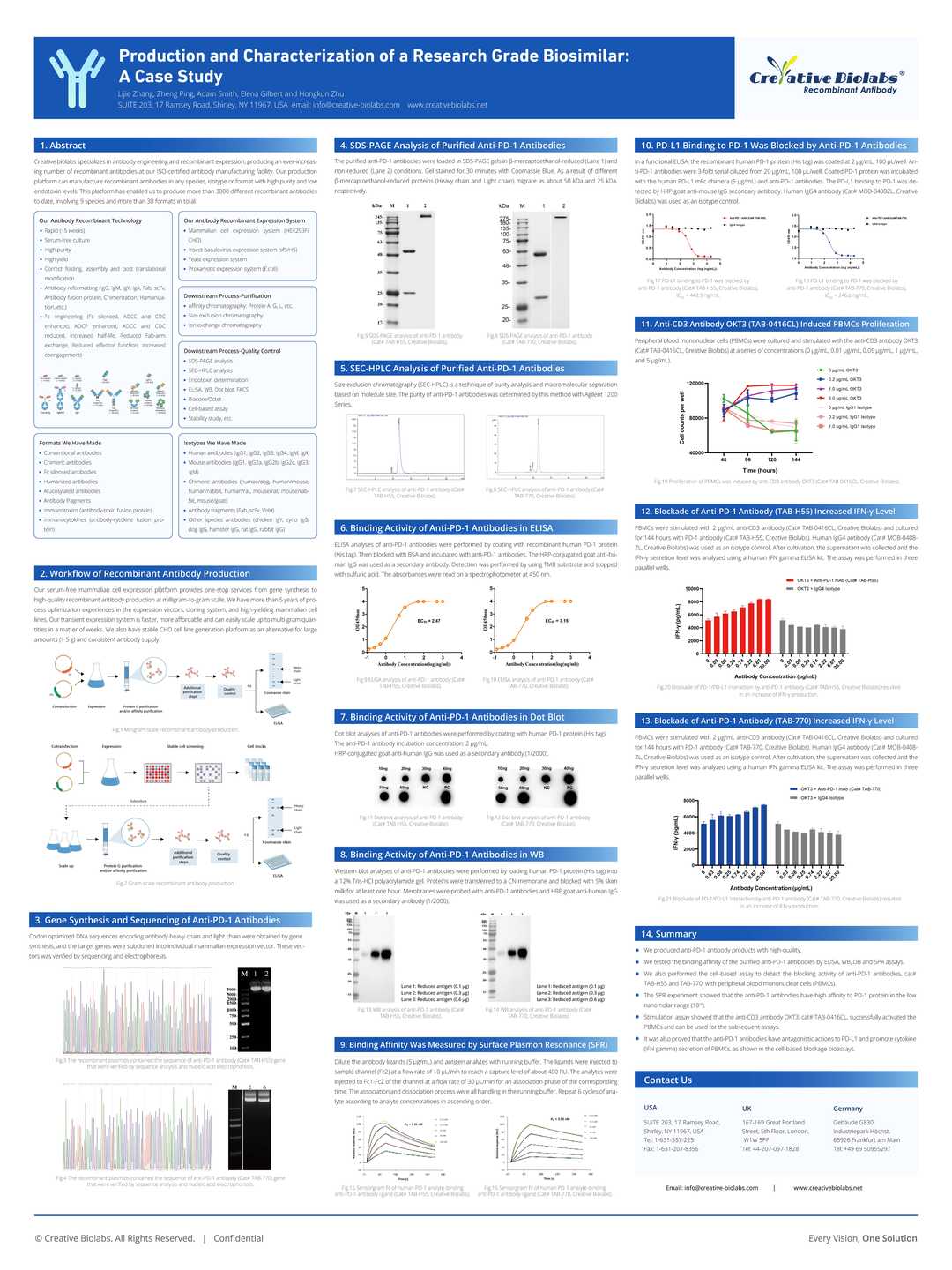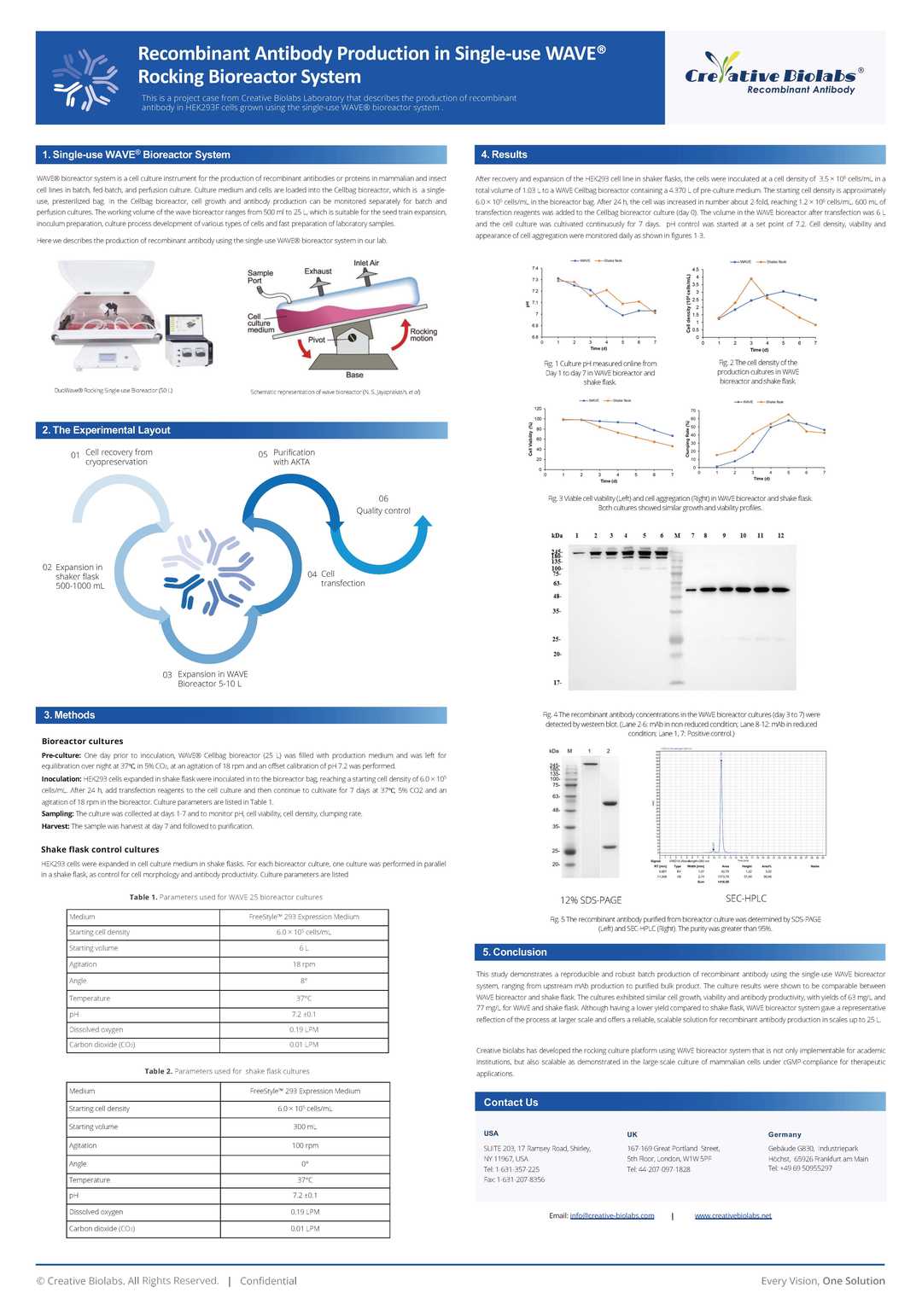Recombinant Mouse Anti-HPV16 L2 Antibody (14H6)
CAT#: HPAB-AP368-YC
Provided is a monoclonal antibody 14H6 that capable of binding to human papillomavirus (HPV) L2 protein.





Specifications
- Host Species
- Mouse
- Type
- Mouse IgG
- Specificity
- HPV16
- Species Reactivity
- HPV16
- Clone
- 14H6
- Applications
- Neut, ELISA, EM, WB, FC
Product Property
- Storage
- Store at 4°C short term (1-2 weeks). Aliquot and store at -20°C long term. Avoid repeated freeze/thaw cycles
Applications
- Application Notes
- The HPV16 L2 antibody has been reported in applications of Neutralization, Enzyme-linked Immunosorbent Assay, Electron Microscopy, Western Blot, Flow Cytometry.
Target
Customer Review
There are currently no Customer reviews or questions for HPAB-AP368-YC. Click the button above to contact us or submit your feedback about this product.



Q&As
-
What is the optimal protocol for immunoprecipitation using mouse anti-HPV16 L2 recombinant antibody?
A: For immunoprecipitation, incubate cell lysates with the mouse anti-HPV16 L2 recombinant antibody to form an antibody-antigen complex. Use protein A/G agarose beads to capture the complex, wash thoroughly to remove non-specific proteins, and then elute the bound antigen for further analysis.
-
How can the mouse anti-HPV16 L2 recombinant antibody be used in immunohistochemistry?
A: In immunohistochemistry, deparaffinize and rehydrate tissue sections, perform antigen retrieval, and block non-specific binding with a suitable blocking buffer. Incubate the sections with the antibody, followed by a secondary antibody conjugated to a detection enzyme or fluorophore, and visualize using a chromogenic substrate or fluorescence microscopy.
-
What steps are necessary to prepare samples for Western blot analysis using mouse anti-HPV16 L2 recombinant antibody?
A: Prepare samples by lysing cells or tissues in an appropriate buffer, separate proteins by SDS-PAGE, and transfer them to a PVDF or nitrocellulose membrane. Block the membrane, incubate with the antibody, wash, and then incubate with a secondary antibody. Detect the signal using a chemiluminescent or colorimetric substrate.
-
How should the mouse anti-HPV16 L2 recombinant antibody be conjugated to a fluorophore for flow cytometry?
A: Conjugate the antibody to a fluorophore by following a labeling kit's instructions. Typically, this involves mixing the antibody with the fluorophore reagent, incubating, and purifying the conjugated antibody to remove unbound fluorophore. Use the conjugated antibody in flow cytometry to detect HPV16 L2 expression.
View the frequently asked questions answered by Creative Biolabs Support.
Submit Your Publication
Published with our product? Submit your paper and receive a 10% discount on your next order! Share your research to earn exclusive rewards.
Downloadable Resources
Download resources about recombinant antibody development and antibody engineering to boost your research.
Product Notes
This is a product of Creative Biolabs' Hi-Affi™ recombinant antibody portfolio, which has several benefits including:
• Increased sensitivity
• Confirmed specificity
• High repeatability
• Excellent batch-to-batch consistency
• Sustainable supply
• Animal-free production
See more details about Hi-Affi™ recombinant antibody benefits.
Datasheet
MSDS
COA
Certificate of Analysis LookupTo download a Certificate of Analysis, please enter a lot number in the search box below. Note: Certificate of Analysis not available for kit components.
See other products for "Clone 14H6"
- CAT
- Product Name
See other products for "HPV16 L2"
Select a product category from the dropdown menu below to view related products.
| CAT | Product Name | Application | Type |
|---|---|---|---|
| MRO-544LC | Mouse Anti-HPV16 L2 Recombinant Antibody (MRO-544LC) | ELISA | Mouse IgG1, κ |
| MRO-544LC-S(P) | Mouse Anti-HPV16 L2 Recombinant Antibody; scFv Fragment (MRO-544LC-S(P)) | ELISA | Mouse scFv |
| MRO-545LC-S(P) | Mouse Anti-HPV16 L2 Recombinant Antibody; scFv Fragment (MRO-545LC-S(P)) | ELISA | Mouse scFv |
| MRO-561LC-S(P) | Anti-HPV16 L2 Recombinant Antibody scFv Fragment (4G1) | ELISA | Mouse antibody |
| MRO-562LC-S(P) | Anti-HPV16 L2 Recombinant Antibody scFv Fragment (4G5) | ELISA | Mouse antibody |
| CAT | Product Name | Application | Type |
|---|---|---|---|
| MRO-1904CQ | Recombinant Mouse Anti-HPV-16 L2 Antibody (VC267) | WB, IF | Mouse antibody |
| MRO-1905CQ | Recombinant Mouse Anti-HPV-16 L2 Antibody (VC268) | WB, IF | Mouse antibody |
| CAT | Product Name | Application | Type |
|---|---|---|---|
| HPAB-AP368-YC-S(P) | Recombinant Mouse Anti-HPV16 L2 Antibody scFv Fragment (14H6) | ELISA, Neut, WB | Mouse scFv |
| CAT | Product Name | Application | Type |
|---|---|---|---|
| HPAB-AP368-YC-F(E) | Recombinant Mouse Anti-HPV16 L2 Antibody Fab Fragment (14H6) | ELISA, Neut, WB | Mouse Fab |
Popular Products

Application: IF, IP, Neut, FuncS, ELISA, FC, WB

Application: FuncS, IF, Neut, ELISA, FC, IP, IHC

Application: FuncS, IF, Neut, ELISA, FC, IP, ICC

Application: ELISA, WB, BLI, SPR

Application: ELISA, IP, WB, IHC, IF, FuncS

Application: FC, IHC-Fr, IP, ELISA, Block

Application: ELISA, IHC, FC, IP, IF, FuncS
-4.jpg)
Application: FC, FuncS, IA, IF, IP, IHC

Application: ELISA, Cyt, PP, Inhib

Application: ELISA, Vaccine, FuncS

Application: ELISA, Inhib, FuncS
For research use only. Not intended for any clinical use. No products from Creative Biolabs may be resold, modified for resale or used to manufacture commercial products without prior written approval from Creative Biolabs.
This site is protected by reCAPTCHA and the Google Privacy Policy and Terms of Service apply.



















